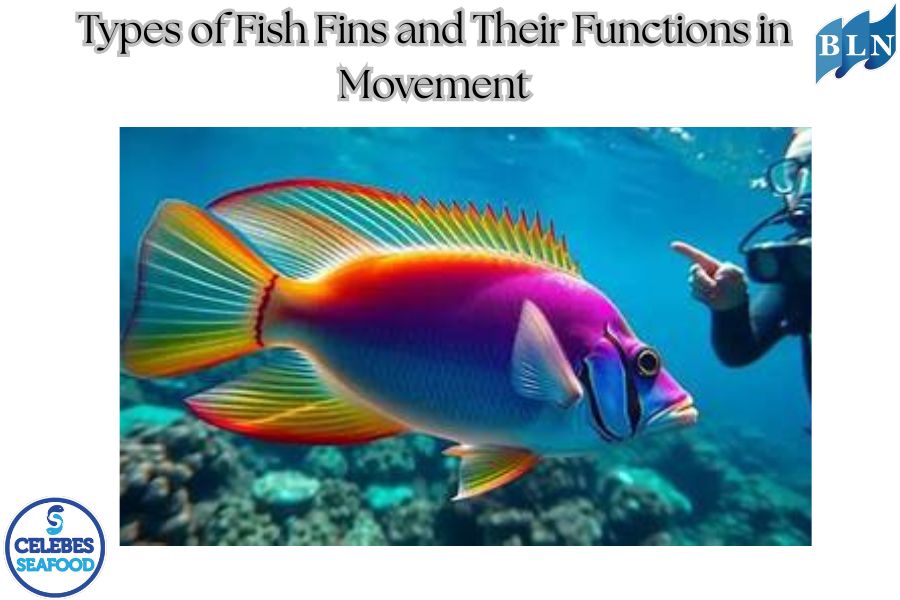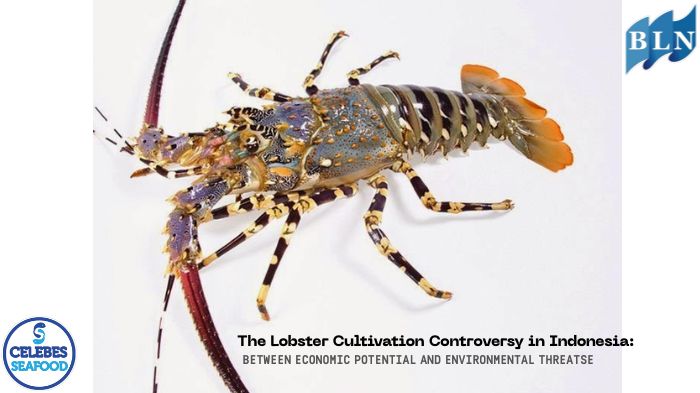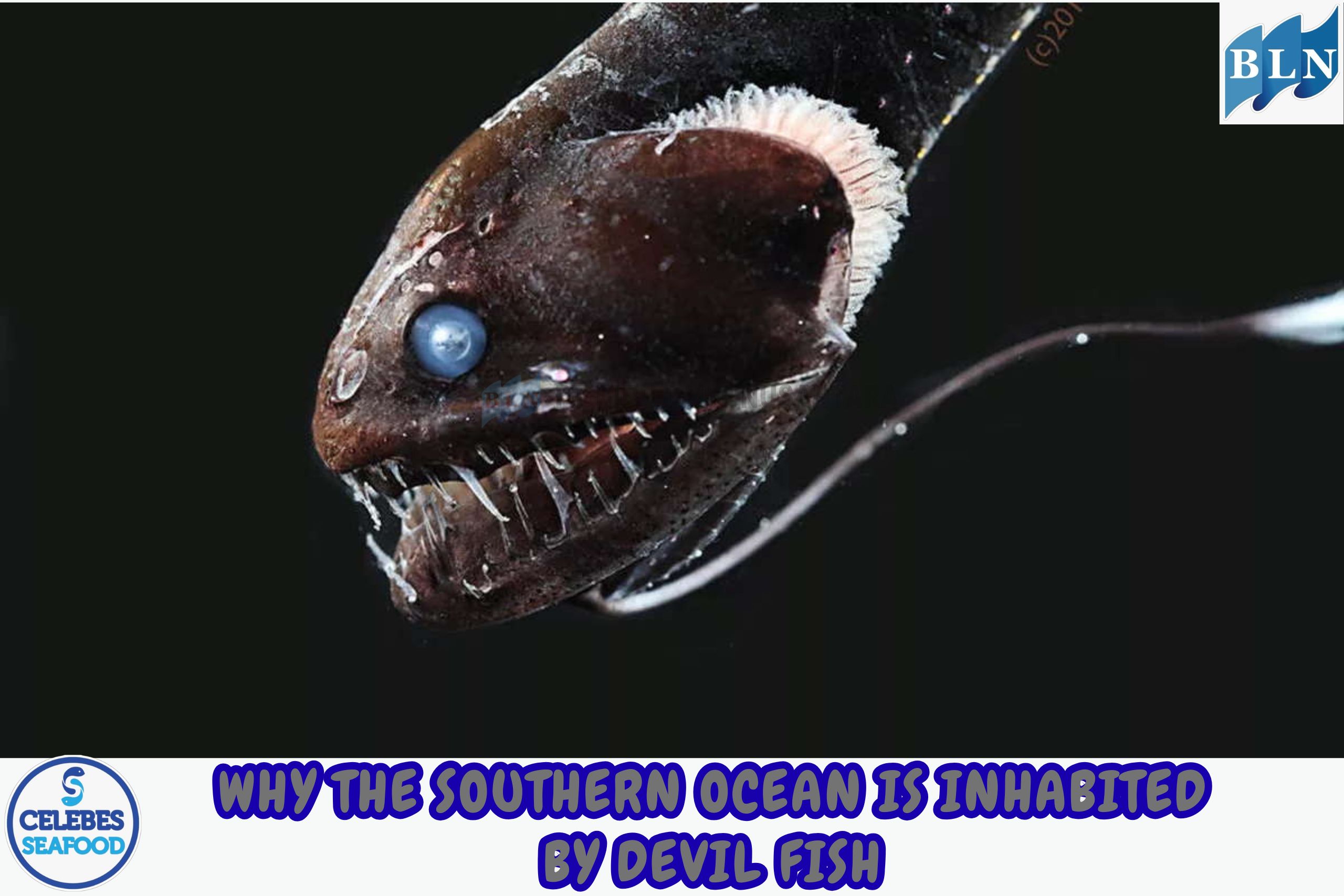Types of Fish Fins and Their Functions in Movement
By. Amma - 14 Jun 2025
lautnusantara.com Fish have various types of fins, each of which has an important function in their movement and stability in water. In general, fins function as a means of movement, balance, steering, and braking.
The following are the types of fish fins and their functions in movement:
1. Dorsal Fin
a. Location: At the top (back) of the fish's body.
b. Function:
- Stability: Maintains the balance of the fish when swimming straight, preventing the fish's body from rolling.
- Positional Balance: Helps the fish maintain its body position in the water.
- Maneuver: Works with the anal fin to help the fish move in circles or make sudden turns.
- Thrust: Increases the thrust from the muscles at the base of the dorsal fin.
- Defense: In some species, the dorsal fin has sharp spines as a self-defense mechanism.
2. Caudal Fin
a. Location: At the posterior (back) end of the fish's body, often called the tail.
b. Function:
- Propulsion (Prime Mover): Is the main mover that propels the fish forward. The side-to-side whipping motion produces thrust.
- Rudder: Helps the fish turn left or right and maneuver.
- Acceleration: Important for acceleration (increasing speed) of the fish.
c. Shape: The shape of the tail fin varies (crescent, forked, rounded, etc.) according to the specific movement needs of the fish.
3. Pectoral Fins
a. Location: A pair, located on the sides of the fish's body, just behind the gill cover.
b. Function:
- Maneuver: Very diverse, including for moving forward, sideways, up and down, and turning.
- Braking: Helps the fish brake or reduce speed.
- Balance and Stability: Maintain balance and stability when swimming slowly or still.
- Walking/Gliding: In some species, it can function to "walk" on the bottom of the water or glide (for example in flying fish).
- Increasing Thrust: At high speeds, the pectoral fins can increase forward thrust.
4. Pelvic Fins (Ventral Fins)
a. Location: A pair, on the lower part of the fish's body, behind the pectoral fins.
b. Function:
- Stability: Stabilizes the fish while swimming and maintains balance.
- Vertical Maneuvers: Helps in up-and-down maneuvers or adjusts the height of the fish in the water.
- Setting Position: Helps the fish establish a position at a certain depth.
- Gripping: In some species, the pelvic fins have evolved into a tool for attaching to surfaces or as an anchor.
- Sperm Distributor: In male fish of some species (eg sharks), the pelvic fins can be modified into sperm distributor organs.
5. Anal Fins (Anal Fin)
a. Location: On the lower part of the fish's body, behind the anus.
b. Function:
- Stability: Similar to the dorsal fin, maintains stability and prevents the fish from rolling over while swimming.
- Precision Maneuvers: Helps in precision maneuvers, especially when the fish is moving slowly or stopping.
- Controlling Rotation: Helps control rotating movements.
In addition to these five main fins, some fish also have:
- Adipose Fin: A small, fleshy fin without fin rays, located between the dorsal and caudal fins. It is not present in all fish, and its function is not fully understood, but it is thought to play a role in stability or sensitivity to water flow.
Overall, the coordination of the movements of these various fin types allows fish to adapt to their environment, swim efficiently, move agilely, and maintain their body balance in the water.
If you are interested in our Goldband Snapper Fillet Skin On, Goldband Snapper Fillet Skinless please do not hesitate to contact us through email and/or whatsapp.








